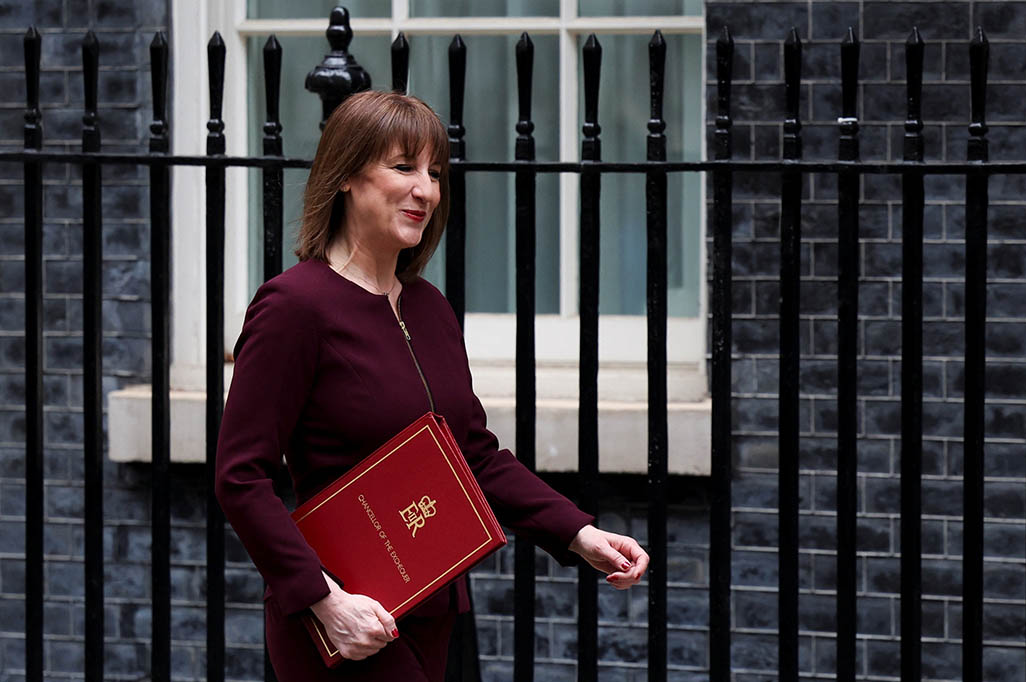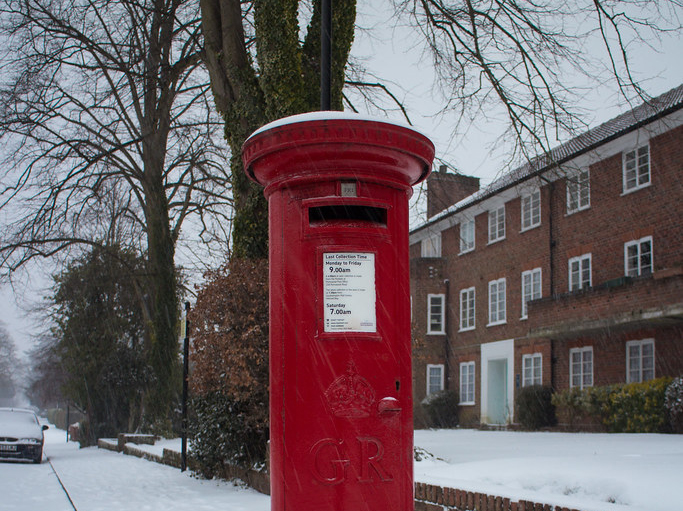British Chancellor Rachel Reeves cut the government’s plans for spending increases on Wednesday to get back on track towards her fiscal targets, but risks in the world economy could raise the prospect of UK tax hikes later this year.
The country’s budget watchdog halved its forecast for economic growth in 2025 and said a catch-up towards the end of the decade would not make up all of the difference. It also raised its forecasts for public borrowing.
Reeves sought to cast the downgrade as a result of “a changing world,” citing the war in Ukraine and the uncertainty overhanging the world economy, which has been hit by U.S. President Donald Trump’s plans for import tariffs.
“The global economy has become more uncertain, bringing insecurity at home as trading patterns become more unstable and borrowing costs rise for many major economies,” she said.
She pledged to stick to her borrowing rules and said she had rebuilt a 9.9 billion-pound fiscal buffer that had been more than wiped out by the weaker economic outlook and higher borrowing costs.
“As a result of the steps that I am taking today I can confirm that I have restored in full our headroom,” she said.
Reeves is aiming to balance day-to-day public spending with tax revenues by 2030.
She said day-to-day public spending would grow by 1.2% a year in real terms, slightly slower than her previous plan. The government had previously announced planned savings from welfare, angering some lawmakers from the governing Labour Party.
British government bond prices recovered from an initial fall and yields on long-term debt fell as investors took some comfort from her announcements.
“The Chancellor has replenished the fiscal headroom… which may provide some relief in the short term, but this is a temporary fix, kicking the can down the road,” said Shamil Gohil, fixed income portfolio manager at Fidelity International.
“Longer term, budgetary challenges remain as higher interest rates and weaker growth persist.”
The fiscal headroom of 9.9 billion pounds remains historically low and vulnerable to any slowing in the economy or a further rise in borrowing costs.
The OBR highlighted the risk that a U.S.-led trade war could hurt Britain’s economy.
If the United States imposed a reciprocal 20 percentage-point increase in tariffs on all its trade partners, Britain’s economy would be 1% smaller than its central forecast in the peak year of impact in 2026-27.
Trump is due to announce on April 2 his decision about whether to impose reciprocal tariffs on partners that his administration believes are blocking U.S. exports.
The OBR said Britain’s government was set to borrow 47.6 billion pounds ($61.4 billion) more between now and the end of the decade than expected five months ago.
“If things go badly with the economy and the public finances, then the Chancellor will be back to square one, perhaps with a need to tighten spending again or perhaps tax increases or even a combination of both,” Philip Shaw, chief economist at bank Investec, said.
Reeves and Starmer promised voters last year they would not hike income tax or other big revenue-raisers.
But they could extend a freeze on the thresholds at which people start to pay basic and higher rates of income tax, dragging more people into the tax net.







Click here to change your cookie preferences